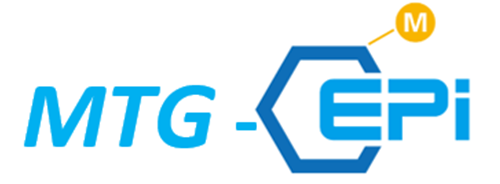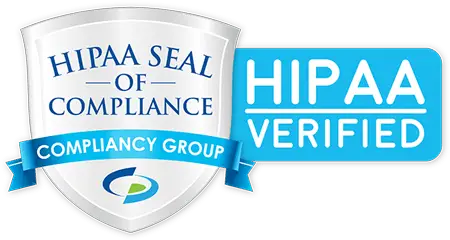When Your Sample Fails or Contains Insufficient DNA
Occasionally, a DNA sample may not yield valid results due to insufficient DNA or other
collection-related issues. This guide explains why this can happen, how to avoid it,
and what steps to take if your sample fails.
Why a Sample May Fail
- Not following saliva collection instructions (for example, using mouthwash before sampling).
- Eating, drinking, smoking, or brushing teeth too soon before collecting the sample.
- Naturally low DNA concentration caused by health conditions or certain medications (such as immune-suppressants).
- Low white blood cell count, which reduces the amount of extractable DNA.
- High standard error between replicate sequencing results, indicating inconsistent measurements.
What Happens After a Failed Test
- If your first sample fails, we will send you a new saliva collection kit for resampling.
- If the second sample also fails, you can request a refund for the kit price (shipping and handling excluded).
- Each case is reviewed individually to maintain our high laboratory quality-control standards.
How to Improve DNA Yield Before Resampling
- Wait 30–60 minutes after eating, drinking, smoking, or using mouthwash.
- Brush your teeth gently without toothpaste and rinse your mouth with cool water.
- Wait about 2 minutes after rinsing before collecting saliva.
- To stimulate saliva flow:
- Rub gently under your chin.
- Press your tongue against the roof of your mouth.
- Think about or smell sour foods such as lemons.
- Collect saliva slowly. Unstimulated (thicker) saliva generally provides more DNA than watery saliva.
When to Delay Resampling
- If you recently had an infection or vaccination, wait 2–3 months before resampling.
- Avoid collection during active viral or bacterial infections (for example, cold, bronchitis, COVID-19).
- If your white blood cell count is low, wait until levels normalize for optimal DNA quality.
Need Help?
If you received a notification that your sample failed or need a replacement kit, please contact:
Email: info@epigenexperts.ca


